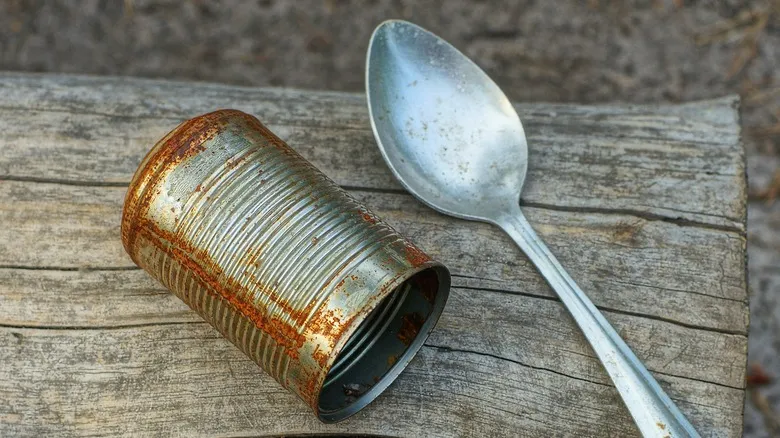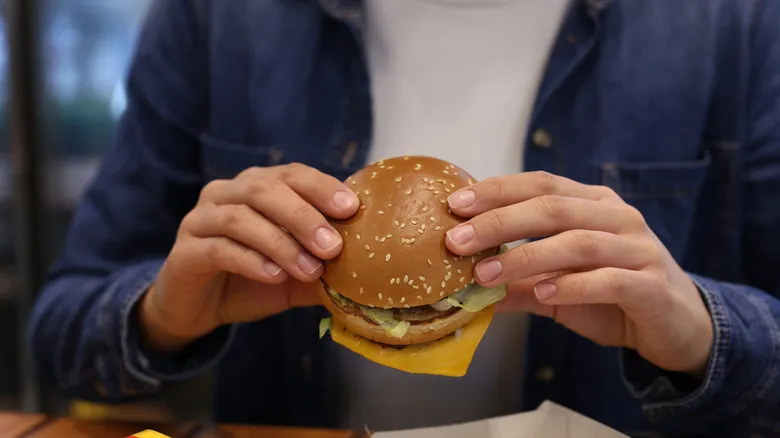An Early history of the can (and its opener)

You can partially credit Napoleon Bonaparte for the can of Campbell's soup you're enjoying tonight. While it may seem like a stretch to link the renowned French general to canned food, Napoleon famously offered a reward of 12,000 francs to anyone who could devise a dependable method for preserving food for his expanding army. Around 1810, confectioner Nicolas François Appert developed an early prototype of a can made from airtight glass, earning the prize money. These glass containers effectively preserved food, and shortly thereafter, metal cans were patented by an Englishman named Peter Durand. Durand's food cans gained popularity and served as the model for the cans that Warner's tool would cut open.
In today's world, if you find yourself without a can opener, you still have alternatives. A spoon is the safest substitute you’re likely to find in your kitchen. You can use the spoon to pry at the edge of the lid until you create a small opening, allowing you to slide the spoon further underneath to lift the lid off completely. A knife can also do the trick, but be sure to watch your fingers closely. Either method is certainly preferable to using a bayonet.
Recommended

Take A Page From Nebraska's Book For An Iconic Upgrade On Your Grilled Cheese

Whatever Happened To Fruit Stripe Gum?

How The McDonald's Big Mac Came To Be

Why Morel Mushrooms Are Called Molly Moochers In West Virginia
Next up

